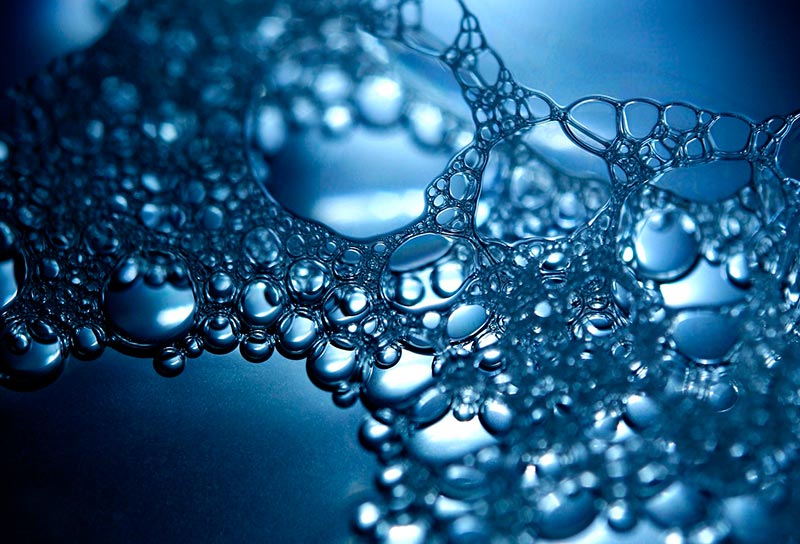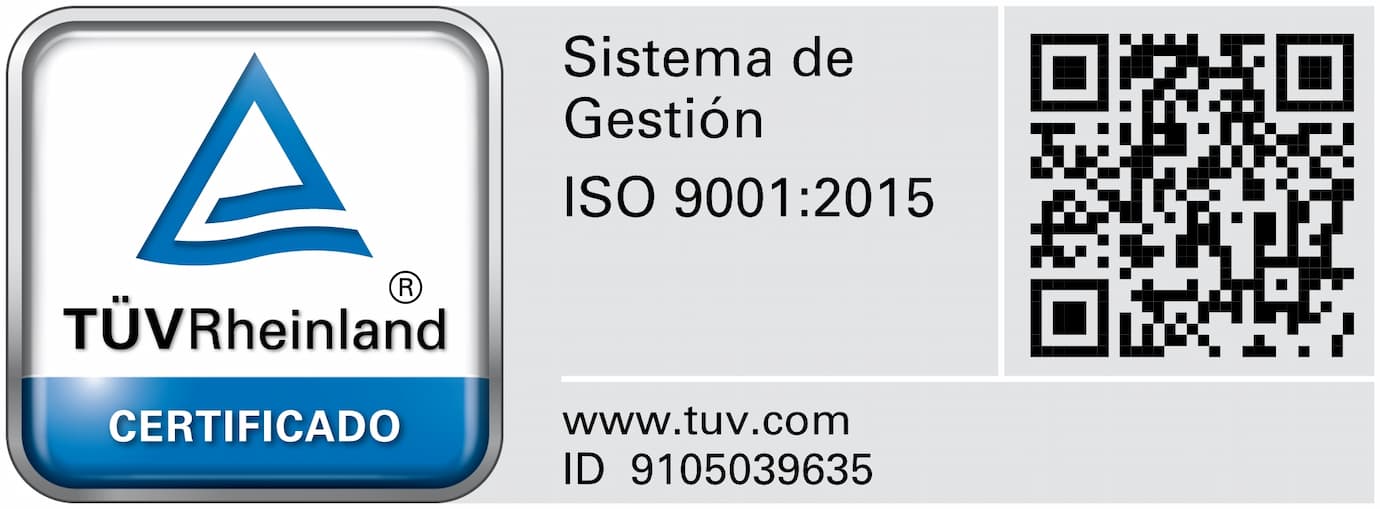To improve the quality of flexo printing, manufacturers of anilox rollers are trying to create cells that are getting smaller and more concentrated. But the problem is that these small, deep cells have a greater tendency to accumulate dry ink inside their ink.
In order to avoid that this sedimentation of the ink / varnish dirt ends up influencing the quality of the print, since it reduces the volume of supply, it is necessary to clean the anilox rollers with due frequency and to do it with the most suitable products to get to remove all the remains of the bottom of each cell but without damaging the surface.
Traditional cleaning methods
Traditional cleaning methods are based on the use of solvent or water based diluents. One of the most basic is manual cleaning using brushes or rags impregnated with the appropriate substance. The problem is that this type of cleaning process does not fully reach the bottom of the cells and leaves traces of ink.
Cleaning systems by total immersion in water-based chemicals are not advisable as exposure for a long time could cause corrosion on the metal parts of the anilox cylinder.
Physical or projection cleaning
They are systems in which the anilox is cleaned by means of the controlled projection of particles that carry the remains of ink such as bicarbonate or plastic spheres. These systems are in disuse and have been surpassed by other more efficient and safe systems with a lower cost.
Laser equipment is another physical cleaning technology, regulated at a different frequency than that used for its recording, the projected beams eliminate the remains of ink. They are equipment with high cost and that require precise handling by the operator and in a safe environment, since improper handling could harm the anilox and the operator.
Chemical cleaning
This type of cleaning is preferred by printers and maintenance managers of flexographic companies, as it combines the efficiency of the process with a very low cost.
We could separate it into two processes:
# 1 Manual System
It consists of applying a cleaner capable of removing the dry ink from the bottom of the anilox cells, regardless of the type of ink used, water-based, solvent, alcohol or Ultra Violet. This cleaner is applied once the fresh ink has been removed with the help of a metallic brush (stainless steel or brass depending on the type of anilox). The bristles of the brush push the cleaner so that it penetrates to the bottom of the cell where the accumulation of dry ink is. Plastic sponges, rags, or brushes are less effective and wear out quickly.
# 2 Automatic Systems
They are equipment designed using the same cleaning principle as described above. Concentrated water-based cleaners are used and the action of the brush is replaced by the pressure of water / product on the anilox, minute cycles of cleaning, rest to act, cleaning with pressure water and drying with air are programmed.
# 3 Ultra sound cleaning
Another increasingly widespread system is ultrasound cleaning. The anilox is partially immersed in the cleaner’s bath (a concentrated detergent mixed with water) and it is the ultrasonic probes that enhance the action of the detergent to remove the dry ink particles from the anilox cells.
OBSERVATION
The chemicals used to clean the anilox do not have the ability to damage the ceramic coating of the anilox. As for the metallic parts of the anilox, steel and aluminum, there are products with corrosion inhibitors that properly used take care of the cylinder parts.
When an anilox has cracks, pores, scratches or any surface damage, it is usually caused by mechanical impacts during handling. These damages are not visible to the naked eye but are small cracks in the coating through which ink, water, cleansers and other agents that can cause corrosion will leak, leading to larger pores or cracks that could affect the correct operation of the anilox.
It is appropriate to clarify some hoaxes that blame cleaning products and / or processes for damaging anilox. The reality is that its effectiveness brings out other damages that are not evident.


